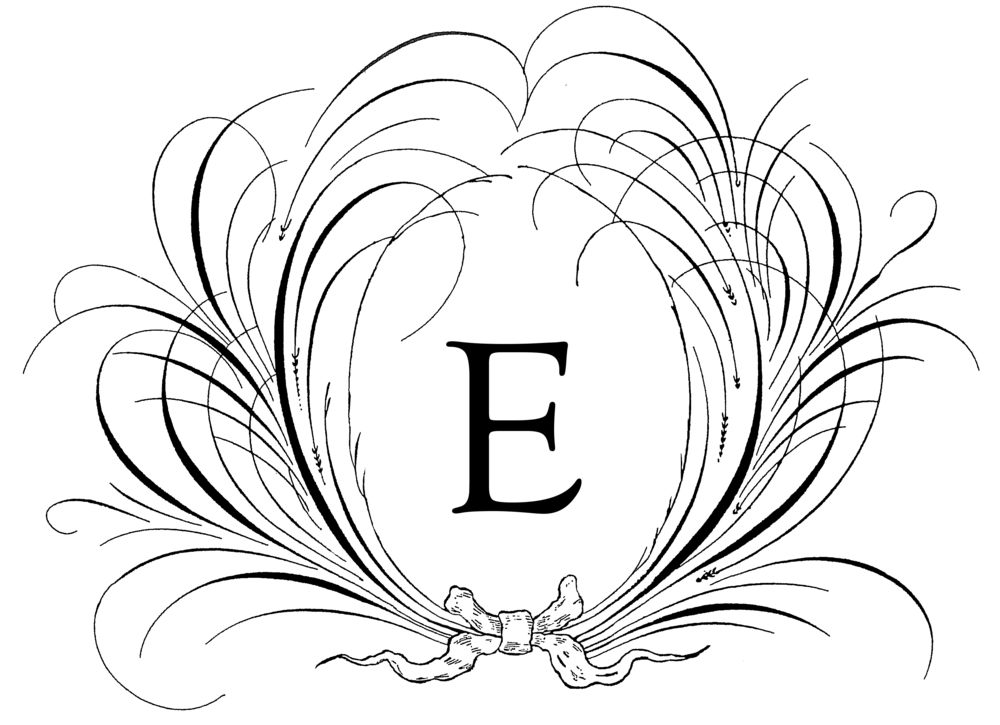We all have our opinions. You ask ten people a question and you will get ten different answers; even if they agree, they will answer it differently. Well, how to machine embroider with metallic thread falls into one of those controversial areas that generates lots of opinions and most machine embroiders love to share their thoughts. However, many of them are not pleased with their metallic thread process and are always on the search for that magic way to handle the trickiness of metallic thread, so here is one more opinion on the matter.
The experts seem to all agree on the basic standards for handling metallic thread:
1. THREAD - Buy good quality thread (always a given with machine embroidery).
2. NEEDLE - Use a large eyed needle, usually 90/14.
3. DESIGN - Make sure the design is not too dense. If it is, consider using regular thread underneath and using the top stitches with metallic thread.
4. SPEED – Slow the speed to the lowest setting.
Some machines need to have their tensions adjusted, but most modern machines, do not this coddling.
When I was thinking of writing this blog, I did a little research beforehand to see if I could find the name of a device that someone told me about that handled metallic thread and found this YouTube on how to determine the quality of metallic thread. It boils down to whether the thread loops or drops neatly into a “U” shape when three yards are released from the spool. Since metallic threads by nature are metal, they are going to retain their “spooled” shape when released. I have some very expensive, trust-worthy threads that do not loop nicely, but I would not dare call them low quality.
Another criteria for quality metallic thread that I have heard and read about, is whether or not it is smooth. Once again, this appears to be a matter of opinion, because some very reputable manufacturers produce metallic thread with slubs.
There is a net on the market that you place around the spool that slows the thread down from unraveling. This is a very popular method of handling metallic thread.
The part that seems to be in contention is how does the thread come off the spool when it is embroidering. Does it feed horizontally or vertically? In other words, do you embroider with your spool standing up or lying down?
Metallic thread must not under any circumstance have any bends or kinks in the thread. The ideal is to make sure that none are created during the embroidery process while allowing it to feed off the spool slowly without looping.
HINT: I stand my spool up horizontally and before I begin to thread it, I place the thread through a felt washer.
The felt washer works as a light weight and straightens the thread. Think of taking the thread off the spool and running your fingers down it before you embroider. The process straightens the thread. The same idea works with the washer. It is putting a little pressure on the thread to straighten it and a little bit of tension to keep it straightened
Felt washers are standard equipment in most sewing boxes that come with the machines. I use one that came with my Baby Lock sewing machine for my alternate spools. You can see this clearly in the pictures. Look how beautiful the thread comes off the spool – nice and straight!! That is just what we want to accomplish so the thread does not loop and kink. This method allows me to embroider so successfully – no thread breaks!!!
However, this felt washer is just a tad too big and every once in a while it will get wedged between the spool and the pedestal next to it. I really should make one for this purpose, but until then, I have been happy with just one or two breaks per project.
Recently, someone told me that there is a device that was developed just for metallic thread and it allows the thread to flow off the spool just perfectly, but I have not seen it and the person could not remember its exact name, so if you know of this well-sought after device, or if you have your special method of handling metallic thread, please post a comment here.


